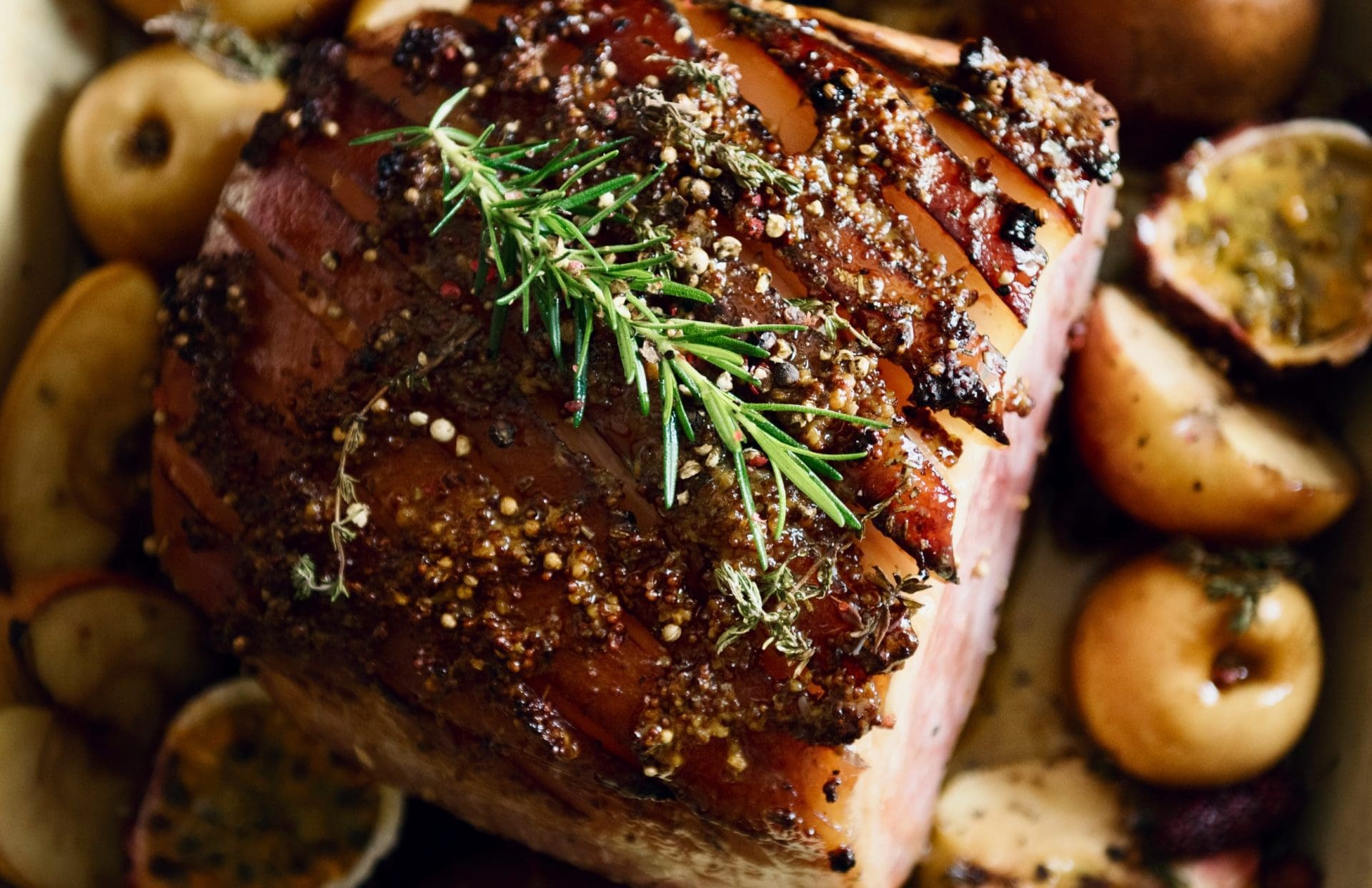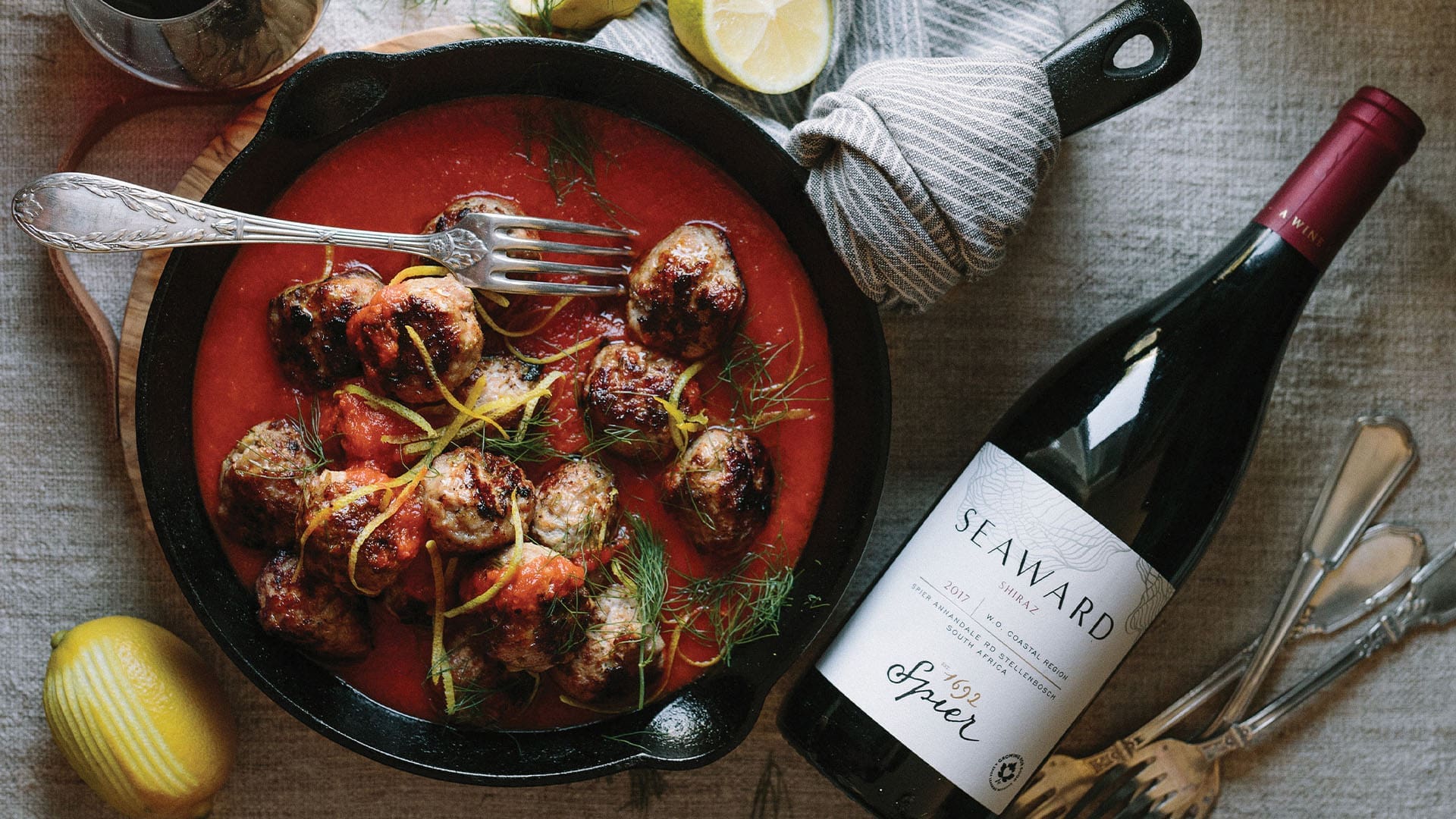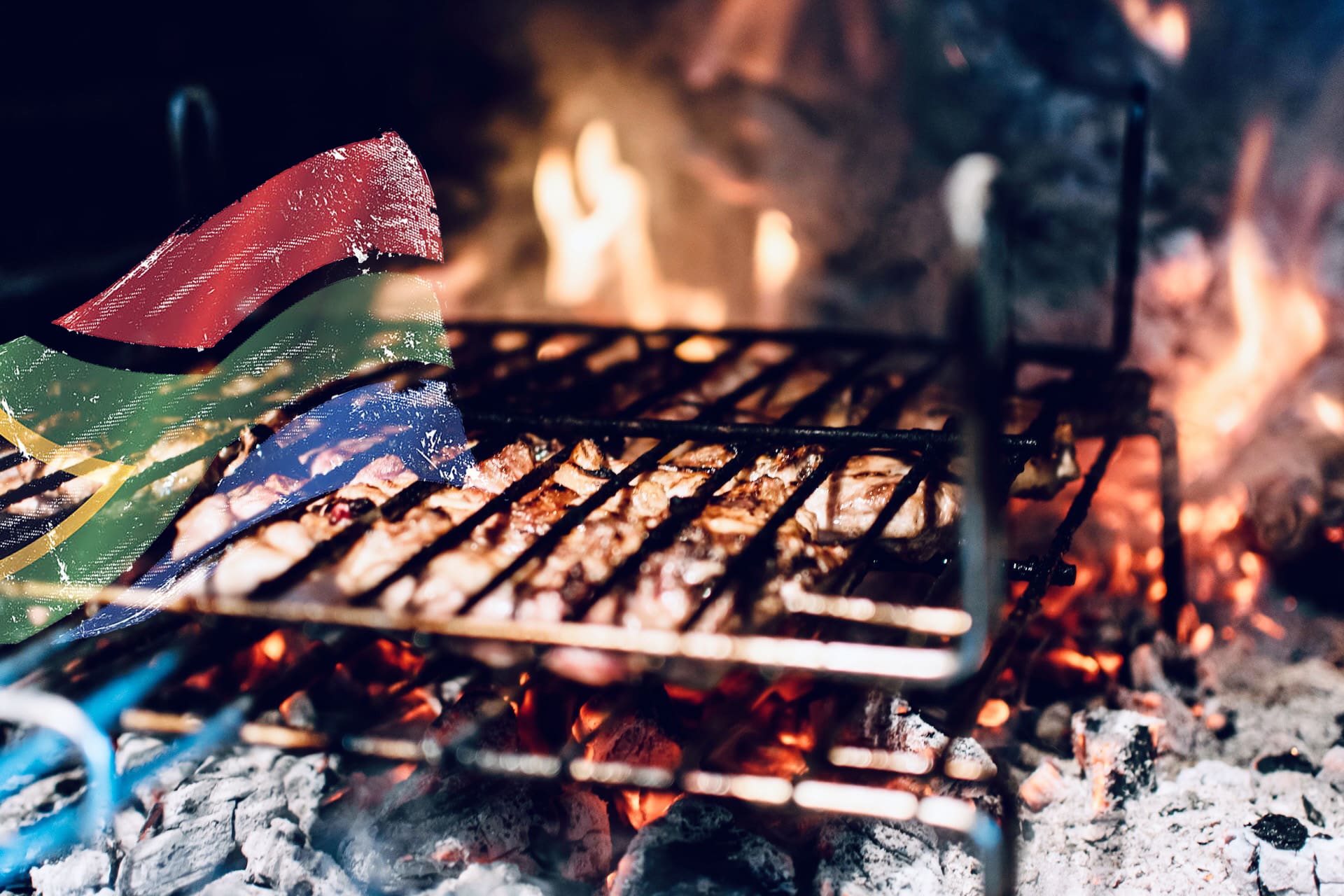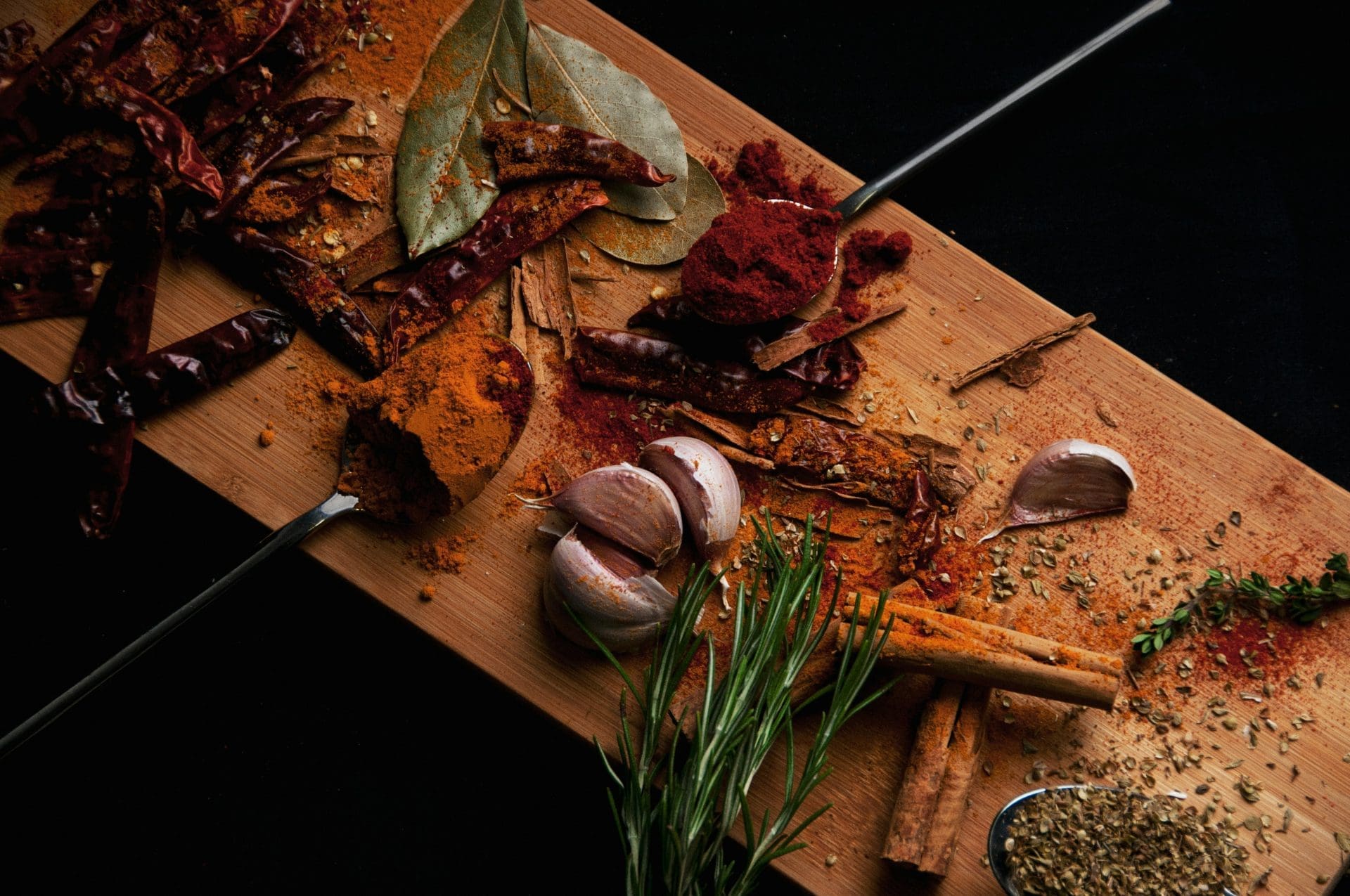Prep Your Meat
Proper preparation of the meat is essential before it hits the heat. Start by allowing the pork to reach room temperature. This ensures even cooking and prevents the meat from seizing up, which can result in a tough texture. You can opt to trim excess fat, but leave enough to enhance flavour and prevent the meat from drying out during braaing. Fat equals flavour, so bear this in mind when you do your preparation.
Season Your Meat
Seasoning is how you can make your pork sing! Begin by lightly patting the meat dry with paper towel to help the seasoning stick better. At a minimum, rub the pork with a little olive oil and then salt and pepper on both sides, which will bring out the natural flavours. You can also apply your favourite dry spice rub, marinade, or a combination of herbs and spices, depending on the flavour profile you’re after. Once seasoned, allow the meat to sit for 20-30 minutes before cooking, to allow for the flavours to infuse. If you’re marinating, longer is better – overnight will give the best results.
Prep Your Fire
A well-prepared fire is crucial to a successful braai. Use firelighters to get the flames started, then build your fire with briquettes or charcoal. Briquettes burn longer and more evenly, while charcoal can give a more intense flavour. Once the flames have died down, spread the coals evenly across the braai to create a medium-heat zone. The coals should be hot but not too intense – you want to be able to hold your hand about 15 cm above the grid for 5-7 seconds without pulling it away. This indicates that the heat is moderate, which is ideal for cooking pork.
Sear the Fat
When braaing pork chops, searing the fat is a great way to add flavour and texture. Use tongs to hold the pork chops upright with the fat side down directly on the heat. Let the fat render and crisp up for about 1-2 minutes, turning it into a delicious, crackly edge. This step also helps prevent the meat from curling up as it cooks. Once the fat is nicely seared, lay the pork chops flat on the grid to cook the meat through. Allow enough time for good caramelisation on the side before flipping over.
Use a Thermometer
For perfectly cooked pork, it’s best to monitor the internal temperature. Pork should be cooked to 63°C and rested for at least 5-10 minutes to allow the juices to redistribute throughout the meat. Use a meat thermometer to check the thickest part of the pork, ensuring the point is not touching the bone, which can give an inaccurate reading. Resting the pork after cooking is just as important as cooking it correctly, as it locks in the moisture and keeps the meat juicy and flavourful.
Finishing Touches
Serve braaied pork with your favourite complementary sides, such as a fresh salad, grilled corn on the cob, or potato bake. You can also drizzle with a dressing like a zesty chimichurri or a bright and punchy salsa verde. Tuck in and enjoy!



